
With their first Meteor helmet well over ten years ago Petzl arguably started the lightweight helmet revolution bringing the shelled expanded polystyrene helmet construction found in cycling helmets to the climbing market. The Meteor, and other manufacturers models using shelled polystyrene have become the standard for rock climbing use – offering good all round (top and sides) impact protection, in a light, well ventilated and comfortable package – likely considerably helping the growing popularity of helmet usage among climbers over recent years.
At around 200-250g, polystyrene helmets aren’t exactly hefty, but Petzl have now found a way to go one better, switching material to an expanded polypropylene – if the name is familiar it’s the same stuff (unexpanded) that is used in Helly Hansen base layers!
Enter the new Sirocco. At 165 grams (for the larger size), the Sirocco knocks up to a third off the weight of polystyrene helmets. 80 grams isn’t much – about as much as an apple – but in a world where shaving a few per cent off the weight of a karabiner is newsworthy, taking 30-odd per cent off anything is a serious technical achievement.
Petzl have managed this is a couple of ways. First up, is the polypropylene itself. Unlike expanded polystyrene which is rigid, expanded polypropylene is a flexible material. This means that the tough outer shell needed to protect the rigid polystyrene from minor knocks and to spread larger impacts across the polystyrene surface can be dispensed with.
This flexibility brings another advantage, polystyrene helmets are (at times annoyingly) quite fragile – inadvertently squashing one e.g. when packed in a rucksack can crack the polystyrene and damage the integrity of the helmet. By contrast, the Sirocco is surprisingly robust – see the Sirocco’s response to being squeezed at 1 min in Petzl’s video. While helmets should always be treated with care, the ability to survive minor miss-treatment is very useful in the big rough world – the test helmet shows no damage from being inadvertently sat on while in a pack a couple of times.
Second, Petzl have trimmed the other components of the helmet to the minimum. The harness uses thin (1cm wide) very light straps throughout including for the adjustment system replacing the more usual plastic ratchet system. The plastic anchors for the straps to the shell also serve as front headtorch clamps, the rear uses a minimal elastic loop, and the internal soft padding is kept to a small patch in the crown and across the brim.
So, does it all work? On the most crucial property, ie. saving your head, I have fortunately not met the ground or a rock going the wrong way at speed during testing, however if you watch the video below (at 1min 20secs), you can see the helmet passing the UIAA test (5kg is dropped from 2 metres height). It's impressive as it not only takes the punishment, but also returns to almost its original form.
In general ‘non-impact’ use, simply put, the Sirocco is excellent. The weight is unnoticeable (cue walking home with it still on), the ventilation is decent enough, the fit is good and overall it’s the most comfy helmet I’ve used. The adjustment works very well for such a simple system with the added advantage that there’s no plastic ratchet or wheel system to catch and possibly break. The slight lip at the brim does a reasonable job of keeping rain and drips (good old UK weather) out of the eyes without obstructing vision, the headtorch clamp system is effective and secure, and although not tested the shell has holes to fit Petzl’s VIZION visor for wintry fun.
In terms of profile, the Sirocco is a little bit bulkier compared to the current Meteor and other polystyrene helmets. The Sirocco sits a bit higher on the head – the top is a bit thicker (likely due to the raised structural ribs of material in the crown) and the sides sit a bit further out. But it’s still a reasonably low profile helmet that easily fits under hoods, and doesn’t feel cumbersome when climbing in tight spaces like under roofs or in chimneys.
The plastic quick release chinstrap buckle has magnets added to allow for “one-handed” closure. To be honest, this feels like a bit of a gimmick – but generally works well though there is a very slight possibility of the magnet ‘holding’ the strap shut without the buckle actually engaging. The buckle makes a reassuringly loud click when it closes properly. The only other minor thing to beware is that the silky smooth (no stubble catch) webbing is a bit slick to start with so the chinstrap adjustment can loosen a bit until the webbing roughens up.
So, onto the one major issue... the colour! In a similar fashion to the French writer Guy de Maupassant who allegedly ate under the Eiffel tower as it was the only place he couldn’t see Eiffel's metal monster, only the wearer won’t notice the tangerine beacon on their head. For everyone else, in the words of a climbing partner, it’s like seeing a fishing buoy adrift on the crag. Visibility is no bad thing in plenty of circumstances, but needless to say if you like keeping a low profile it’s worth waiting for Petzl to bring out a less obtrusive shade.
As a climbing helmet, the Sirocco is pretty much everything needed. It is however at the expensive end of the price range (RRP £85) with loads of perfectly capable cheaper competition. Perhaps then the Sirocco’s real niche is where every gram counts – it’s been rapidly adopted by ski mountaineering racers, and equally works well for ski touring, adventure races, long mountaineering days or any other time that carrying a helmet seems a chore but probably also a good idea.
Summary
A genuinely revolutionary helmet – ridiculously light, comfy and surprisingly durable – just be prepared to get noticed!
WHAT PETZL SAY:

Lightweight with excellent impact resistance
The monobloc construction minimizes helmet weight while retaining excellent impact resistance, due to the mechanical properties of expanded polypropylene (EPP). The textile adjustment system also contributes to its light weight. This helmet comes with a new magnetic buckle that allows the chinstrap to be fastened with one hand.
Comfortable and user-friendly
Excellent ventilation distributed around the shell.
Entirely adjustable and adapts to all head shapes.
Removable comfort foam is quilted and lined with absorbent fabric (washable).
Magnetic buckle allows the chinstrap to be fastened with one hand (Petzl patent).
More info can be found on Petzl's website here

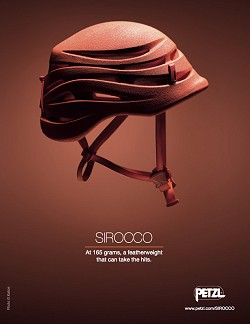
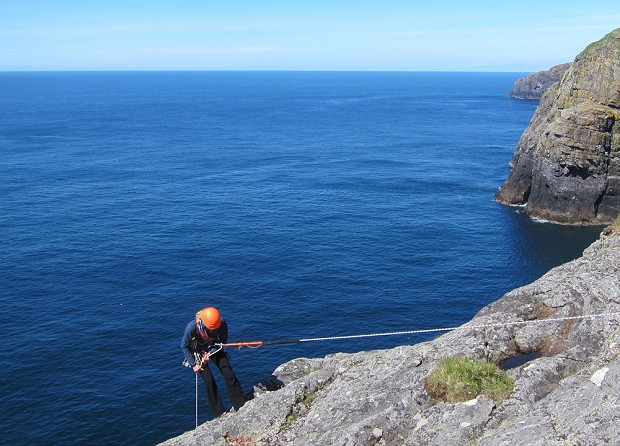
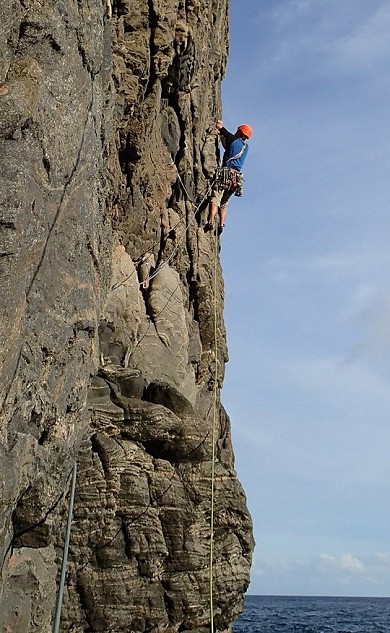
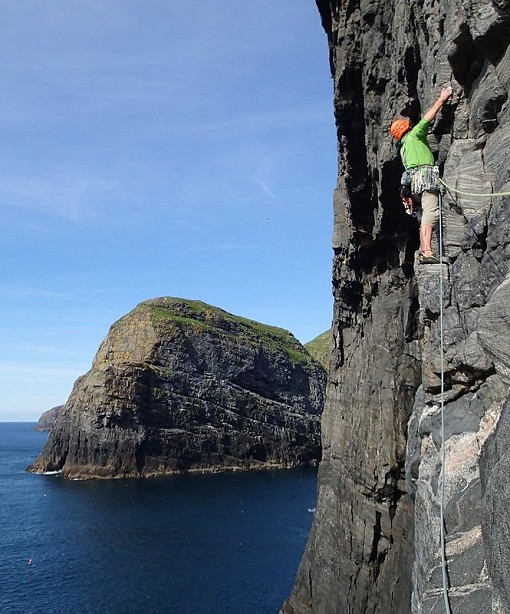

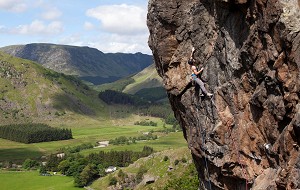

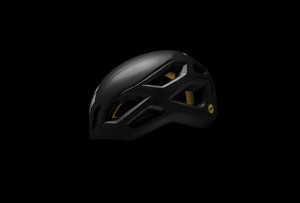
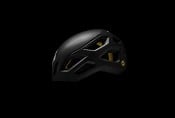
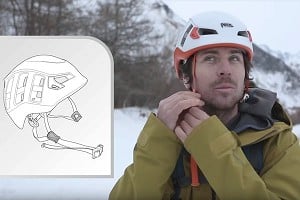

Comments